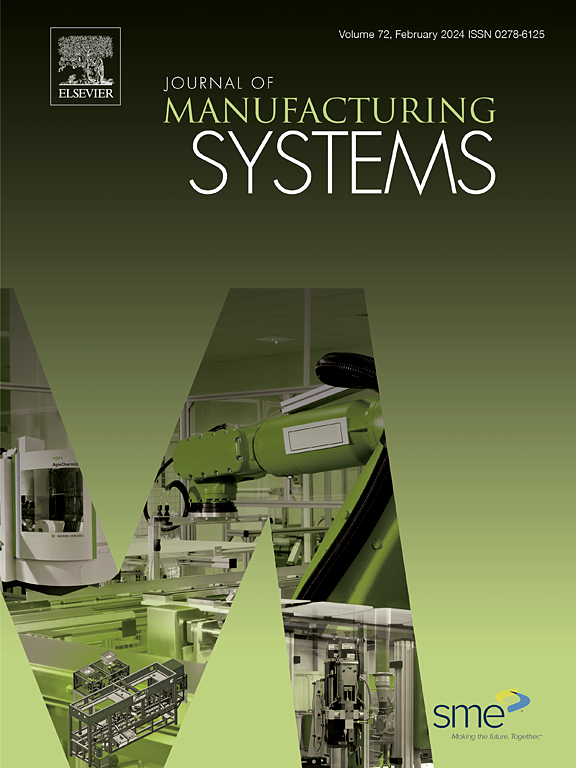Digital twin technology in modern machining: A comprehensive review of research on machining errors
IF 12.2
1区 工程技术
Q1 ENGINEERING, INDUSTRIAL
引用次数: 0
Abstract
With the evolution of intelligent manufacturing, high-precision CNC machining has become a crucial driver of industrial advancement. Modern manufacturing demands increasingly precise machining, yet traditional methods lack effective means for visualizing and compensating for machining errors in real-time. Digital twin technology offers a breakthrough solution by creating real-time mappings between physical and digital spaces, enabling visualized monitoring and intelligent prediction throughout the machining process. This technology serves five essential functions in machining errors management: real-time identification of high-precision errors, data-driven error modeling using multiple sources, error traceability and decoupling through causal reasoning, real-time error prediction and interaction, and closed-loop adaptive error control and compensation. This study provides a systematic review of digital twin technology's current applications in machining error management, focusing on machining errors identification, modeling, traceability, decoupling, control, and compensation. Future trends in digital twins focus on intelligent error prediction, real-time adaptive control, and multi-source data fusion for CNC machining.
求助全文
约1分钟内获得全文
求助全文
来源期刊

Journal of Manufacturing Systems
工程技术-工程:工业
CiteScore
23.30
自引率
13.20%
发文量
216
审稿时长
25 days
期刊介绍:
The Journal of Manufacturing Systems is dedicated to showcasing cutting-edge fundamental and applied research in manufacturing at the systems level. Encompassing products, equipment, people, information, control, and support functions, manufacturing systems play a pivotal role in the economical and competitive development, production, delivery, and total lifecycle of products, meeting market and societal needs.
With a commitment to publishing archival scholarly literature, the journal strives to advance the state of the art in manufacturing systems and foster innovation in crafting efficient, robust, and sustainable manufacturing systems. The focus extends from equipment-level considerations to the broader scope of the extended enterprise. The Journal welcomes research addressing challenges across various scales, including nano, micro, and macro-scale manufacturing, and spanning diverse sectors such as aerospace, automotive, energy, and medical device manufacturing.
 求助内容:
求助内容: 应助结果提醒方式:
应助结果提醒方式:


